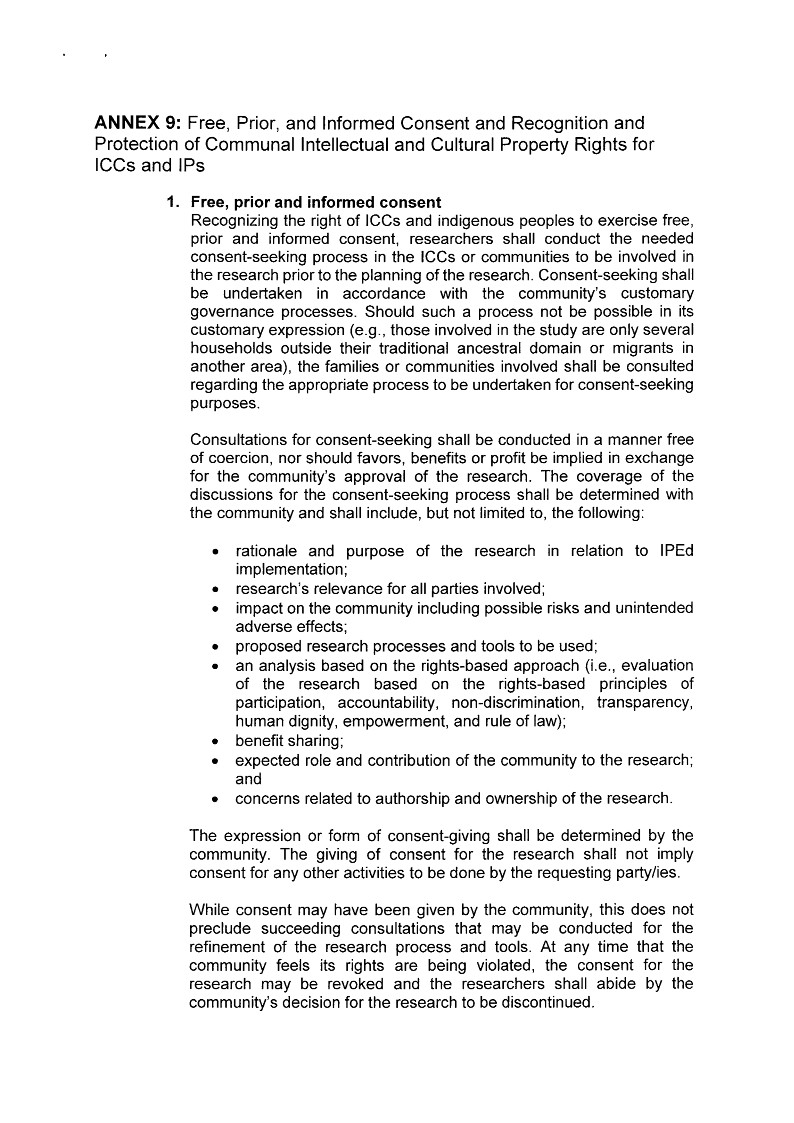

- Create downoad task in progressive downloader how to#
- Create downoad task in progressive downloader install#
- Create downoad task in progressive downloader full#
- Create downoad task in progressive downloader code#
Learn how to publish your PWA to the Microsoft Store.

Additionally, you can view detailed usage statistics and charts that let you know how your apps in the Microsoft Store are doing.
Create downoad task in progressive downloader install#
The Microsoft Store provides a trustworthy and familiar experience for users to install your app. The Microsoft Storeīecause Progressive Web Apps (PWAs) are just like other apps in the Microsoft Store, users can fully engage with them-from discovery, to installation, to execution-without ever opening the browser. To find examples of what PWAs can do, see Myth Busting PWAs. These capabilities provide more engaging experiences across web and desktop platforms.
Create downoad task in progressive downloader full#
Thanks to Microsoft Edge, PWAs on desktop can take full advantage of these capabilities to deliver what users expect desktop apps to be able to do.
Create downoad task in progressive downloader code#
Run near-compiled performance code with WebAssembly. Use CSS layouts, animations, and filters to create advanced designs. Take advantage of hardware accelerated graphics. Access device hardware such as Bluetooth and USB. Sync data and fetch resources in the background. Many features that were once only possible by using device-specific languages can now be achieved by using standard web technologies. There isn't much you can't do today with web technologies. Yet PWAs can also be installed on mobile devices, or used directly in web browsers. PWAs can provide fully tailored, installable experiences on a desktop operating system that inherit the benefits of that environment. Using only web technologies ensures that your app will work on other browsers, operating systems, and devices.ĭesktop computing continues to be the primary productivity environment for many users. In particular, on Windows with Microsoft Edge, you can build immersive experiences that deeply integrate with the operating system. The user experience of a PWA scales up or down with device capabilities. To learn more about installing PWAs in Microsoft Edge, see Installing a PWA. They can either be used directly in a web browser, like a website, or installed on a device from an app store, or by using the app installation feature of a supporting browser. Progressive Web Apps (PWAs) are built using HTML, CSS, and JavaScript code that's hosted on web servers and that runs in web browser engines. With a PWA, you can use a single codebase that's shared between your website, mobile app, and desktop app (across operating systems). PWAs have a much lower cross-platform development cost than compiled apps that require a specific, separate codebase for each platform, such as Android, iOS, and each desktop operating system. PWAs can use advanced web APIs such as WebBluetooth, WebUSB, WebPayment, WebAuthn, or WebAssembly. PWAs adapt to the user's screen size or orientation, and input method. PWAs are safe for users because they use secure HTTPS endpoints and other user safeguards. PWAs can be shared and launched from a standard web link. Running like websites gives PWAs with advantages, such as: PWAs can perform periodic updates even when the application is not running.įinally, PWAs can run in web browsers, just like websites. PWAs can continue working when the device is offline. 
PWAs also have access to advanced capabilities. PWAs can be submitted to application stores, such as the Microsoft Store.PWAs can be launched automatically when an associated file type is opened.PWAs have their own application icons that can be added to a device's home screen or task bar.When installed on a device, PWAs function just like other apps. To start building a PWA, see Get started with Progressive Web Apps. They adapt to the capabilities supported by each device and they can also run in web browsers, like websites. PWAs provide native-like experiences to your users on supporting devices. Progressive Web Apps (PWAs) are applications that you build by using web technologies, and that can be installed and can run on all devices, from one codebase.







 0 kommentar(er)
0 kommentar(er)
